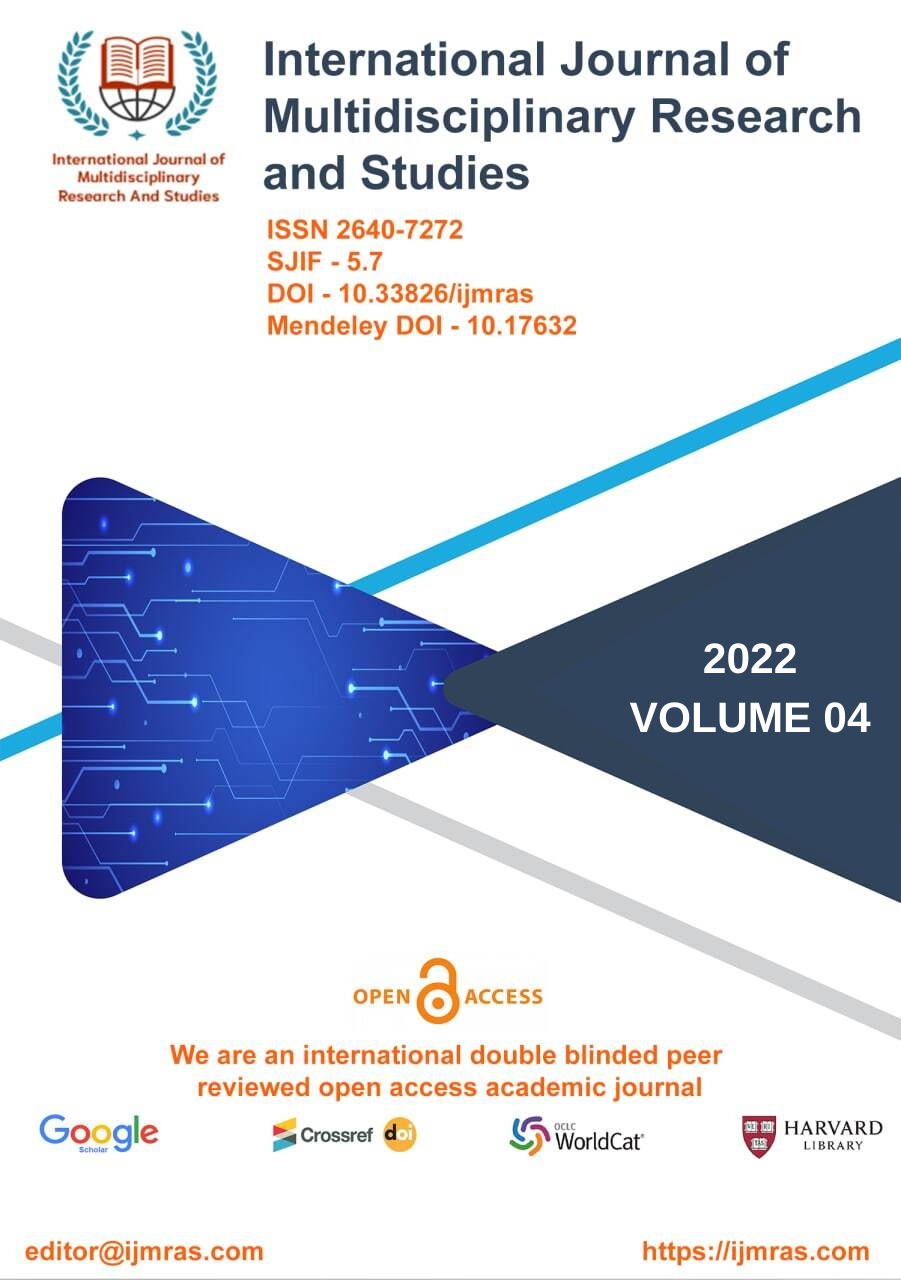COGNITIVE BEHAVIORAL THERAPY PRACTICES FOR CRIMINALS
Abstract
Cognitive Behavioral Therapy is not a single method of psychotherapy; rather, CBT is an umbrella term for therapies with many similarities. CBT is a marriage of sorts between social learning theory, cognitive therapy, and behavioral therapy, all of which initially grew from experimental psychology. From the cognitive therapist’s perspective, an individual’s personality is formed by central values that have developed early in life as a result of factors in the individual’s environment. These factors serve as the basis for the way the individual codes, categorizes, and evaluates their experiences and the stimuli they encounter. Cognitive therapists believe that psychological problems stem from faulty learning, making incorrect assumptions as the result of inadequate or incorrect information, and not being able to adequately distinguish between imagination and reality.
Keywords
Therapy, CriminalsHow to Cite
References
Aharonovich, E., Hasin, D. S., Brooks, A. C., Liu, X., Bisaga, A., & Nunes, E. V. (2006).Cognitive deficits predict low treatment retention in cocaine dependent patients.Drug and Alcohol Dependence, 81, 313-322.
Andrews, D. A. National Institute of Justice. (1982). Personal, Interpersonal, and Community-Reinforcement Perspective on Deviant Behavior (PIC-R). https://www.ncjrs.gov/App/Publications/abstract.aspx?ID=89816
Andrews, D. A. &Bonta, J. (2010). The Psychology of Criminal Conduct (PCC-5).London: Routledge, Taylor & Francis Group.
Andrews, D. A., Bonta, J., & Hoge, R. D. (1990). Classification for effective rehabilitation: Rediscovering psychology. Criminal Justice and Behavior, 17(1), 19-52.
Andrew, D.A., Bonta, J., &Wormith, J.S. (2006). The recent past and near future of risk and/or need assessment. Crime & Delinquency, 52, 1, 7-27.
Andrews, D. A., & Dowden, C. (2005). Managing correctional treatment for reduced recidivism: A meta-analytic review of programme integrity. Legal and Criminological Psychology, 10, 173-187.
Andrew, D. A., Guzzo, L., Raynor, P., Rowe, R. C., Rettinger, L. J., Brews, A., &Wormith, J. S. (2012). Are the major risk/need factors predictive of both female and male reoffending? A test with the eight domains of the level of service/case management inventory. International Journal of Offender Therapy and Comparative Criminology, 56(1), 113-133.
Andrews, D. A., Zinger, I., Hoge, R.D., Bonta, J., Gendreau, P., & Cullen, F.T. (1990).Does correctional treatment work? A clinically-relevant and psychologically informed meta-analysis. Criminology, 28, 369-404.
Armstrong, G., Giever, D., & Lee, D. (2012). Evaluation of the Windham School District Correctional Education Programs: Sam Houston State University, 2012. https://wsdtx.org/images/PDF/83rd/WSD_Rider6_Response.pdf
Bourgon, G., &Bonta, J. (2014). Reconsidering the responsibility principle: A way to move forward. Fed. Probation, 78, 3.
Brewin, C. R. (2005). Systematic review of screening instruments for adults at risk of PTSD. Journal of Traumatic Stress, 18, 53-62.
Brophy, K. (1998). Creativity: psychoanalysis, surrealism and creative writing. Carlton, Vic: The Melbourne University Press.
License
Copyright (c) 2021 MANMOHAN KUMAR

This work is licensed under a Creative Commons Attribution 4.0 International License.
Individual articles are published Open Access under the Creative Commons Licence: CC-BY 4.0.




